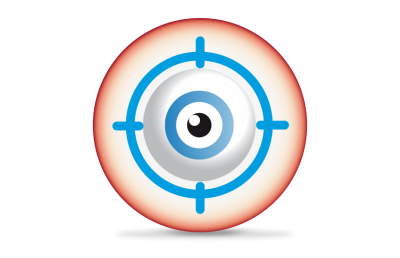
Dry eyes
Suffering from dry eyes? This can cause a burning, tiring and even a stinging sensation. Some people describe it as a feeling of sand in the eyes and are also more likely to suffer from bright light (photophobia) and blurred vision.
Why do you suffer from dry eyes? This can have several causes. The most common causes:
Insufficient tear production
You can measure tear production with a special strip (Schirmer test). The tear fluid production may be insufficient due to various conditions and eye diseases, such as:
Disorder of the tear gland
The tear gland may be affected by certain inflammatory conditions, such as sarcoidosis or thyroid disease.
Sjögren chronic autoimmune disorder
The body’s immune system targets the body’s tissues. It affects the tear and salivary glands. About 1 in 10 patients with dry eye have Sjögren’s.
Other causes of decreased tear fluid production:
Hormonal changes
Dry eyes are common in menopausal women. Usually this is due to a change in hormones.
Medication
Medications can affect tear film production, for example oral contraception.
Increased evaporation of the tear film
The tear film dries up faster due to certain conditions (air conditioning), central heating and cycling in the wind. Sometimes dehydration actually leads to extra tear production. These are produced in a reflex. The reflex tears are usually not of a good composition. This creates an endless repetition of dehydration and reflex tears that dry up too quickly.
Failure to close the eye properly and to blink adequately
With each blink, the eyelid ensures that the tear film is properly distributed across the eye. The eye dries out more quickly when the eyelids cannot close properly (think paralysis and eyelid deformities). The eye surface is then exposed.
Sometimes someone simply does not blink enough. People with naturally dry eyes notice the effect sooner. For example, when doing intensive close-up work such as on the computer or tablet.

Eye disorders
It’s not always a refractive defect that causes you to see less sharply. Sometimes there’s something else going on.

Eye exams
There are several ways to examine your eyes. An initial exam is often done using an autorefractor.

Myopia
Nearsightedness, also known as myopia, is an eye defect in which you have trouble seeing sharply in the distance.
